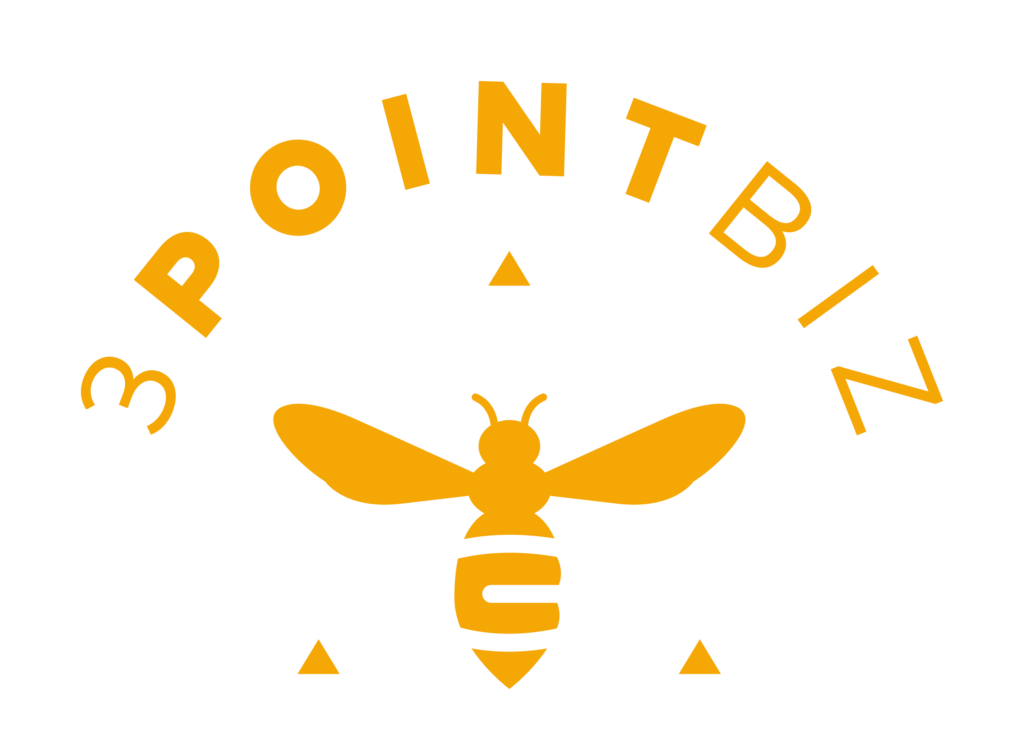 The holiday season is a time of joy, love, and families coming together. I don’t know about you, but this month is jam packed with holiday parties and family gatherings! My calendar is full and my social battery is slowly but surely draining.
The holiday season is a time of joy, love, and families coming together. I don’t know about you, but this month is jam packed with holiday parties and family gatherings! My calendar is full and my social battery is slowly but surely draining.
While a part of me is already looking forward to being holed up in the cold in my bed alone in January, I am grateful to have family and friends to spend this special time of the year with.
Getting together with everyone means eating good food, opening fun presents, and of course, reminiscing on old holiday memories—like the same Christmas sweater Grammy wore for 56 years straight.
My friend Aryn started a genealogy business over 5 years ago, helping countless people discover their past and urge others to learn where their ancestors came from, who they were, and what they lived through to better understand their lives now.
With the holiday already here, I wanted to take some time to pass along her recommendation for getting started on your family history journey during December.
Why?
Because December is the perfect time to start preserving and celebrating your family’s history through the collection of holiday heirlooms, artifacts, recipes, and family traditions.
So if you have been dreaming about starting your family tree, but you don’t know where to start, don’t worry! Genealogy witty Aryn has got you covered! She’s put together a guide for gathering and cataloging these precious items and memories.
How to Explore and Document Your Family History
Follow these 5 tips to be well on your way to becoming your family’s historian and keeper of things in your basement:
1. Start with a Conversation
The first step in preserving your family’s holiday history is to initiate a conversation with your family members. Talk with grandparents, aunts, uncles, and anyone who might have valuable heirlooms tucked away or knowledge of traditions.
Over the years, these items and memories may have been passed down through generations, and each one holds a unique story. This initial discussion can uncover hidden treasures and set the stage for a meaningful exploration into your family’s past.
(Need help getting the conversation going? Check out Aryn’s free ebook, Starter Guide to Interviewing Family and Friends, for steps on how to set up a family history interview and what questions to ask to get started!)
2. Create a Gathering Plan
Once you’ve identified the holiday heirlooms and traditions within your family, it’s time to make a plan for gathering and organizing them.
In some cases, physically collecting these items might not be feasible, especially if certain family members are reluctant to part with cherished possessions. (Hey, it might have been part of the will, who knows!).
In the latter situation, schedule time to photograph and catalog each piece. Keeping an heirloom catalog will help you keep track of who has which piece and where they originated from. (More about that below!) This ensures that even if the physical item remains with its current owner, the essence of it is preserved for future generations.
If it is a verbal memory or tradition, be sure to “interview” whichever loved one has the best recall or most details.
3. Document and Record
As you gather your family’s holiday heirlooms, take the time to document and record pertinent information, like: a description, where it came from, original owner (and ownership through the years), value, any stories that are attached to the item, and video/photograph of each piece.
Capturing photographs or video will help you capture any inscriptions or markings that may lend more detail to the memory of the heirloom.
This meticulous documentation not only adds depth to the story behind each heirloom and tradition but also provides crucial information for future family historians.
4. Create a Catalog or Database
Organize the information you’ve collected by creating a catalog or database. Whether you prefer a tangible binder or a digital platform like Google Drive, choose a method that suits your preferences.
Ensure that each entry is dated, contributing to the construction of a timeline for each item. This organized approach not only helps you keep track of your family’s history but also lays the groundwork for future generations to continue the legacy.
If documenting isn’t your thing, Aryn recommends checking out the Family Starter Bundle on her Etsy store or The Genealogy Journal available on Amazon. These will enable you to easily store your interviews with family members, organize heirlooms and traditions, map your family tree, and collect details on your family’s story.
5. Share the Legacy
The final and most important step is sharing your work with the entire family. Make your catalog or database accessible, allowing them to contribute additional heirlooms as they discover them.
By making this a collaborative effort, you create a living document that evolves with each generation. This shared repository becomes a testament to your family’s collective history, strengthening bonds and ensuring that the stories behind these holiday heirlooms are passed down for years to come.
Give the Gift of Your Family’s History
This holiday season, as you unwrap the presents under the tree, take a moment to unwrap the past by collecting and preserving your family’s holiday heirlooms.
Looking to give the gift of genealogy to a loved one but need help?
Aryn offers family history research services (and gift cards). Check out her website, Facebook page, and Genealogy posts on Substack.
Happy holidays and happy preservation!
